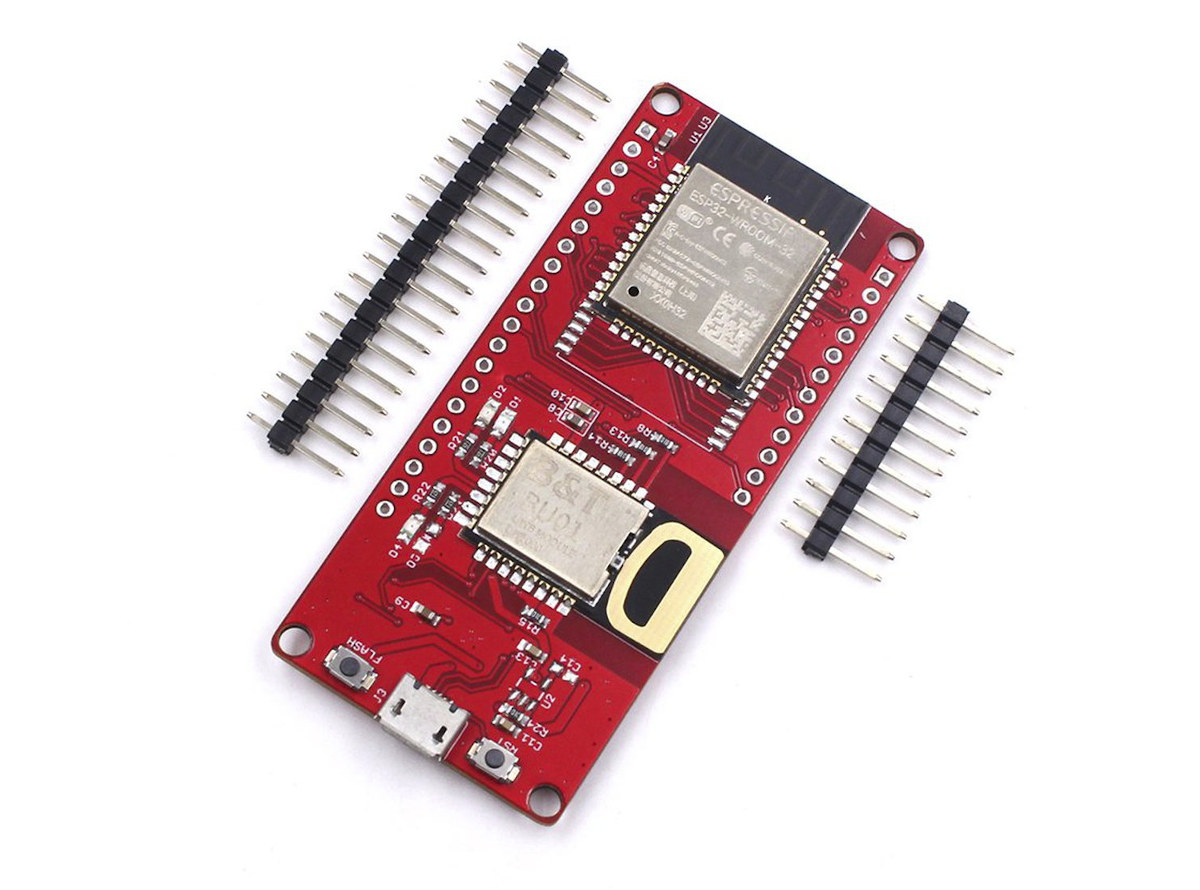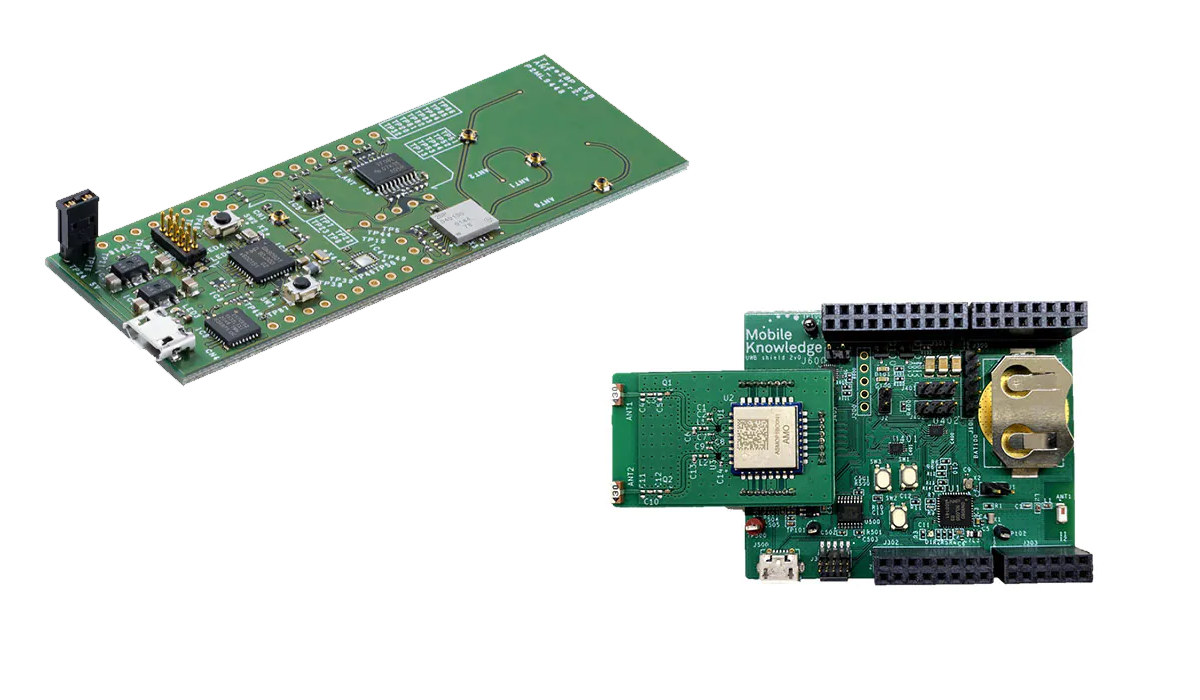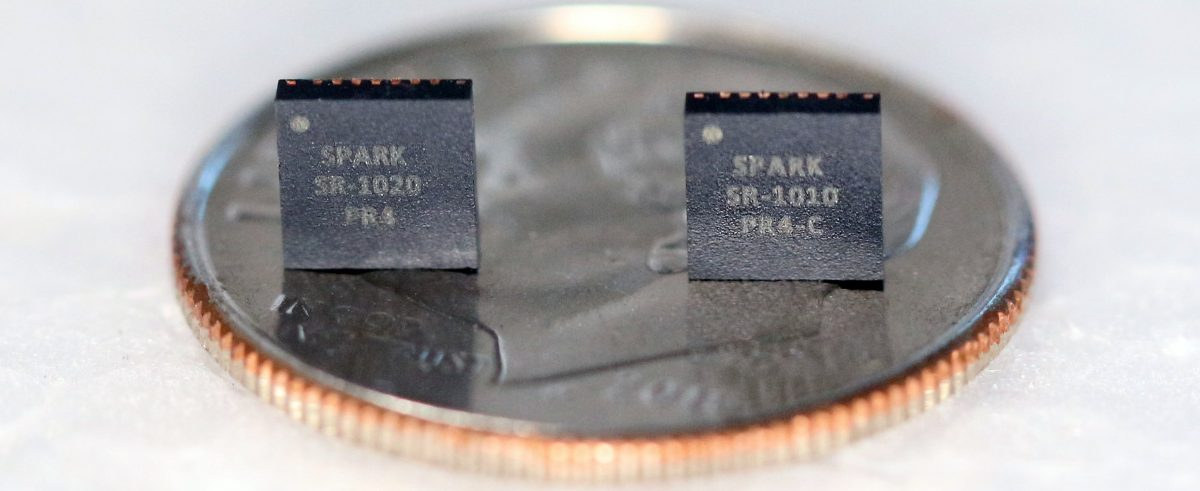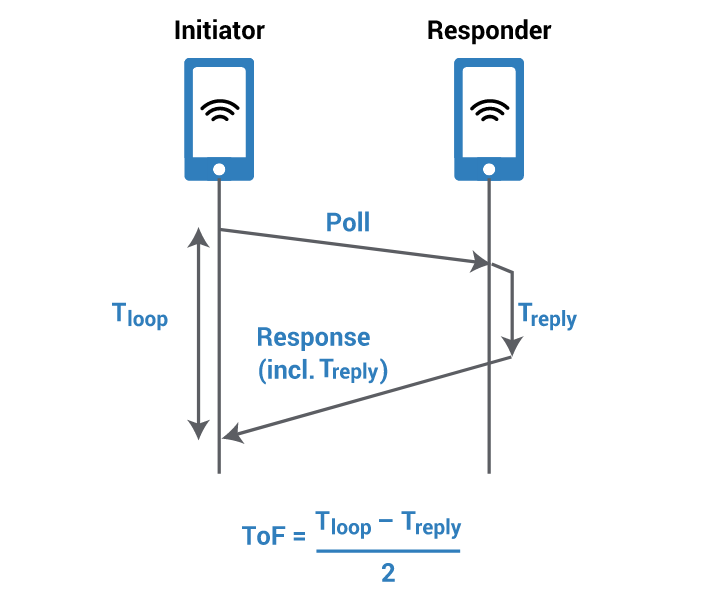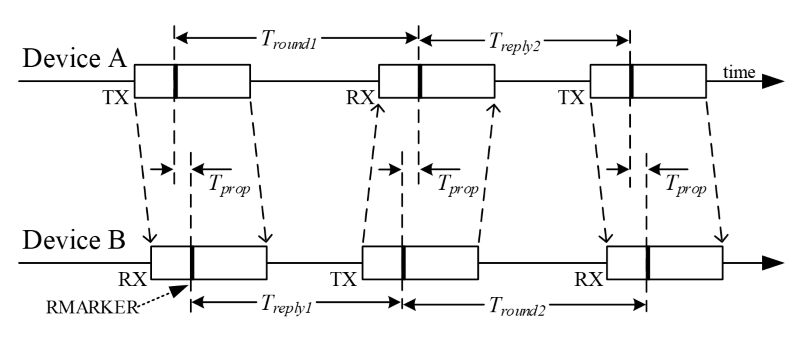FiRa “Fine Ranging” UWB technology was introduced a few years ago and is now found in devkits and Apple U1 chip. Makerfabs ESP32 UWB board provides another option with Espressif ESP32-WROVER-32 or ESP32-WROOM-32 WiFi & Bluetooth module combined with a Decawave DW1000 module for precision tracking. Makerfabs explains the board acts like a continuously scanning radar that locks onto another device (called Anchor, since it’s usually in a fixed location) and communicates with it to determine the distance between objects by calculating the time of flight (ToF) between devices, or in other words, the roundtrip time of challenge/response packets. ESP32 UWB board specifications: Wireless modules: WiFi & Bluetooth LE – ESP32-WROVER-32 or ESP32-WROOM-32 module with ESP32 dual-core processor @ 240 MHz UWB – B&T BU01 module based on Decawave DW1000 chip; IEEE802.15.4-2011 UWB compliant wireless transceiver module with a precision of 10cm indoors, a data rate of up to 6.8 […]
NXP’s Ultra-Wideband (UWB) evaluation kits work with Apple U1 chip
The Fira Consortium was established in 2019 to provide an Ultra Wide-Band (UWB) ecosystem for real-time centimeter accuracy indoor positioning with companies such as NXP Semiconductors and Samsung Electronics on board. More companies have joined since then including Apple which designed its own UWB chip – the Apple U1 – found in recent iPhone 11 & 12 smartphones, as well as Apple Watch Series 6 to enable “Nearby Interaction“. If you’d like to develop UWB-enabled IoT applications, NXP has announced two beta UWB evaluation kits – developed with partners – compatible with Apple U1: Murata Type2BP EVK and MobileKnowledge’s UWB Kit Mobile Edition. Murata Type2BP EVK Specifications: Wireless chips/modules Murata’s Type2BP ultra-small UWB module based on NXP Trimension SR150 Arm Cortex-M chip for IoT devices. 802.15.4z compatible and supports 3D AoA (Angle-of-Arrival) for extra precision. NXP QN9090 Arm Cortex-M4 Bluetooth 5.0 LE SoC with 640 KB flash, 152 KB RAM, […]
SPARK UWB technology takes aims at Bluetooth with lower power consumption, higher bandwidth
Bluetooth is omnipresent in smartphones, headsets, smartwatches, and other devices thanks to its low-cost, low power consumption, and good interoperability between devices. But Montréal based SPARK Microsystems claims their SPARK UWB (Ultra-Wide Band) technology is vastly superior to Bluetooth with a data rate of up to 10 Mbps @ 1.5 nJ/bit, power consumption as low as 2 mW while transmitting and receiving at 1 Mbps, and going down to 6 μW at 1 kbps. In other words, that’s up to 40x better energy efficiency, 60x lower latency, and 10x more data throughput as compared to BLE (Bluetooth LE) and without interfering in the 2.4 GHz band. Other highlights include lower wireless latency (50 µs for 1 kb), and time-of-flight (ToF) positioning at 30 cm accuracy for a line-of-sight range of up to 100 meters. The company has launched the SPARK SR1000 family with two models: the SR1010 operating in the […]
FiRa Consortium Ultra Wide-Band Ecosystem To Deliver Precise Indoor Positioning
The FiRa Consortium has just been established by the ASSA ABLOY Group which includes HID Global, and NXP Semiconductors, Samsung Electronics, and Bosch, and joined by Sony Imaging Products & Solutions Inc, LitePoint and the Telecommunications Technology Association (TTA) in order to grow the Ultra-Wideband (UWB) ecosystem providing accurate positioning for a variety of mobile and consumer applications. The FiRa stands for “Fine Ranging”, and UWB technology relies on the IEEE 802.15.4z standard that provides real-time centimeter accuracy indoor positioning. The consortium claims “UWB technology outperforms other technologies in terms of accuracy, power consumption, robustness in RF connection, and security, by a wide margin”, especially in challenging environments. The main roles of the FiRa Consortium will be to develop an interoperability standard, and promote the development of UWB applications. Some of the use cases include: Seamless Access Control – UWB can identify an individual’s approach toward or away from a […]
802.15.4z Standard to Provide Real-time Centimeter Accuracy Indoor Positioning
GNSS (Global Navigation Satellite System) solutions like GPS or Beidou offers outdoor positioning with an accuracy of about 2-in-3 meters in optimal conditions for consumer devices, and starting in 2022, the upcoming GPS III will bring that down to as low as 1 meter again in consumer devices. For that only works for outdoor positioning, and for indoor positioning we’ve already covered WiFi RTT, and Bluetooth proximity beacons. The latter has been around for a while, but does not really provide accurate indoor positioning since they’d usually report the distance with less than 10 meters accuracy, and the lag is fairly large with 3 to 6 seconds needed to estimate the distance. The recently released Bluetooth 5.1 specification addresses this issue by enabling location services accurate to within 10 centimeters thanks to a new direction-finding capability made possible with an antenna array. However, as pointed out by EETAsia, there’s another […]


